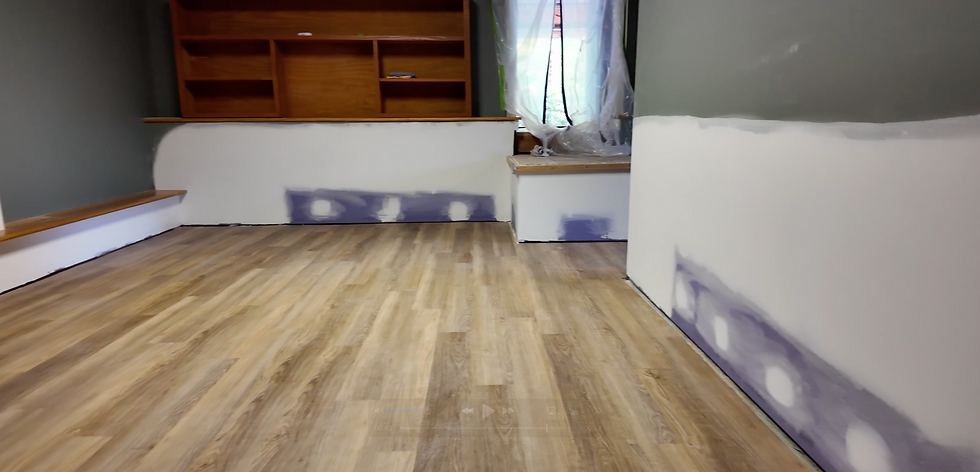Fixing Water-Damaged Drywall the Right Way
- Luis Morales
- Oct 8
- 1 min read
🛠️ Budget: $ 2,163⏱️ Timeline: 2 days
We recently worked on a home that had some water damage. Luckily, it wasn’t the whole place — only a few sections of drywall were affected. Still, the homeowners wanted to be safe and decided to have those damaged areas removed and replaced before any mold or mildew could start forming. That was a smart move.

When drywall gets wet, it might look fine on the surface after a few days, but inside, it’s a different story. The paper backing and gypsum core can hold on to moisture even when everything feels dry. That trapped dampness weakens the material and creates the perfect environment for mold and mildew to grow — sometimes in as little as 24 to 48 hours.
That’s why replacing wet drywall is always the safer option. Once drywall has absorbed water, it never really goes back to normal. Leaving it in place can lead to hidden damage, unpleasant odors, and costly repairs down the road.

On this job, we carefully removed all the affected drywall, checked the framing to make sure everything behind the wall was dry, and then installed and finished new drywall. By the time we were done, the walls were smooth, solid, and ready for paint.

Water damage can be stressful, but addressing it early makes all the difference. Replacing wet drywall isn’t just about appearance — it’s about protecting your home, preventing mold, and keeping everything safe and sound for the long run.





